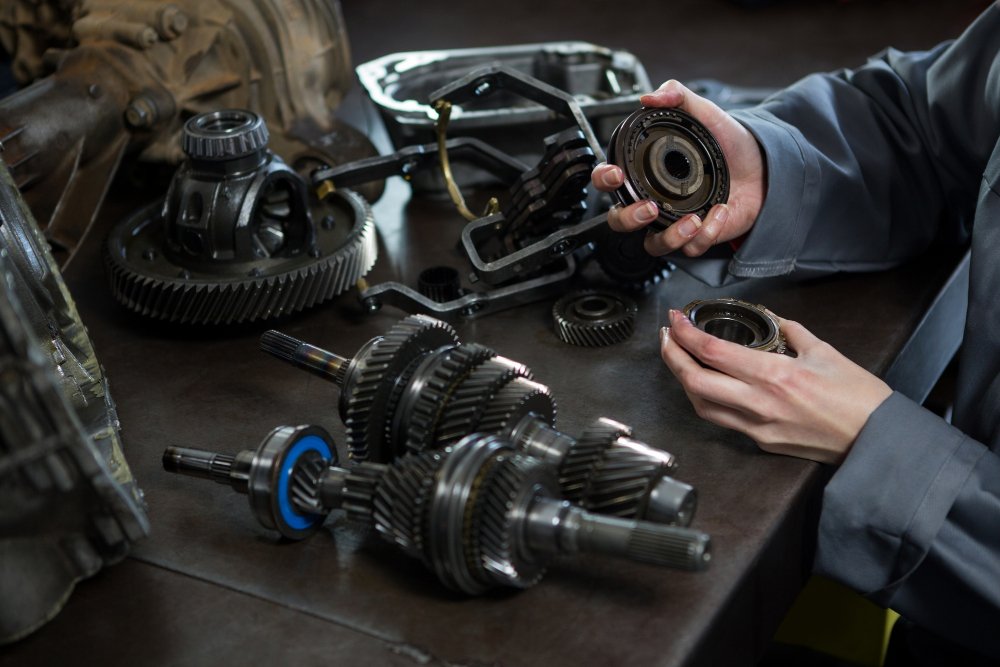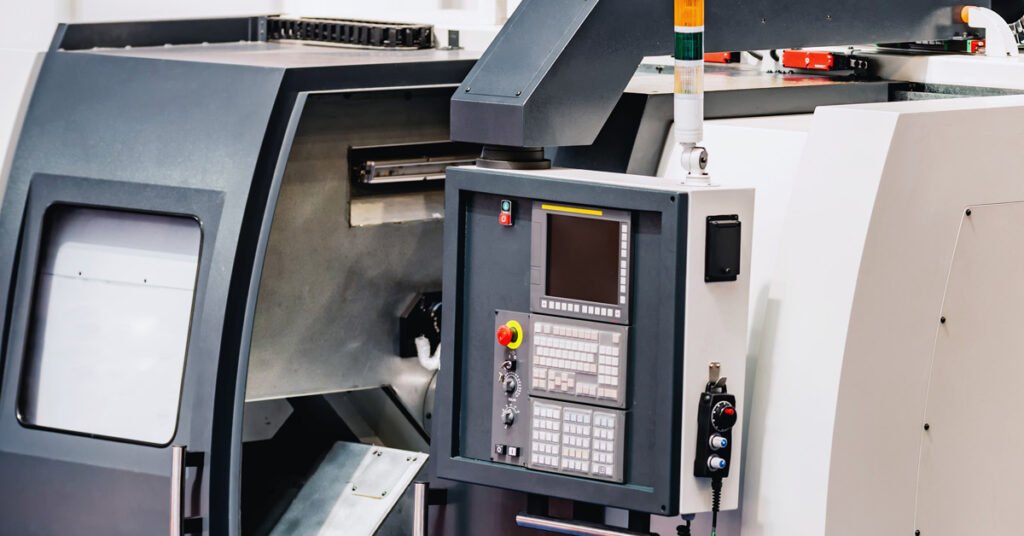Types and Uses of Bearing in Machines– Bearings can be found in surprising abundance all around us. Consider automobiles: a typical car contains between 100 and 150 bearings. The wheels would rattle, the transmission gear teeth would not mesh, and the automobile would not drive smoothly without bearings.
Bearings are employed in many different types of machinery, including:
- Railways
- Airplanes
- Laundry Machines
- Refrigerators
- Air Conditioning Units
- Vacuum Cleaner
- Photocopy Machines
- Computers
- Satellites
Bearings improve the operation of machines while also reducing energy consumption. It work quietly, in harsh conditions, and are buried in equipment where we can’t see them. Bearings, on the other hand, are critical for the smooth functioning and high performance of machinery.
Read more: Bearing market
“To bear,” in the sense of “to support,” and “to carry a weight,” are two meanings of the term “bearing.” Bearings are responsible for supporting and carrying the weight of rotating axles.
The primary purpose of bearings is to reduce mechanical friction. Friction reduction entails:
- The machinery will operate more efficiently.
- There will be reduced frictional wear, extending the machinery’s operating life.
- Avoiding mechanical breakdown by preventing abrasion burn
Bearings also help to save energy by minimizing friction and allowing for more efficient power transmission. They are environmentally friendly in a variety of ways.
Bearings are generally found in anything that can be called a machine. They must meet a wide range of requirements, and they are constantly evolving to meet these demands. According to Reports and Data, the bearings market is expected to register robust growth as industrial expansion continues.
Types of Bearings:
Rolling Bearings
Bearings with rolling elements in the shape of balls or cylinders are known as rolling element bearings. Because the magnitude of rolling friction is lower than that of sliding friction, rolling a wheel is easier than sliding it on the ground. Here, too, the same principle is at work. Rolling element bearings are utilized in rotational motion to allow pieces to move freely.
Even in cases where linear motion is required, it is simple to transform rotating motion to sliding motion. For instance, in an escalator or a conveyor, despite the fact that the motion is linear, it is propelled by rollers driven by motors.
Another example is a reciprocating pump, which uses linkages to transform rotational energy from a motor into translational motion. Ball bearings are utilized to support motor shafts as well as shafts of other rollers in the assembly in each of these applications.
Because sliding friction is replaced by rolling friction, rolling elements carry the load with less friction. Ball bearings and roller bearings are the two main types of rolling element bearings.
Ball Bearings
One of the most prevalent types of bearings is the ball bearing. As rolling elements, it consists of a row of balls. They’re wedged between two annulus shaped metal pieces called races while the inner race rotates freely, the outside race remains motionless.
Ball bearings have a low friction coefficient when rolling, but their load-carrying capability is restricted because of the narrow contact area between the balls and the races. Apart from radial loads, they can support axial loads in two directions.
Oscillatory and rotational motion are controlled by ball bearings. Ball bearings, for example, are used to connect the shaft to the motor housing in electrical motors where the shaft is free to rotate but the motor housing is not.
Roller Bearings
As load carrying elements between the races, roller bearings use cylindrical rolling elements rather than balls. If the length of an element exceeds the diameter, it is referred to as a roller. They can withstand higher loads since they are in line contact with the inner and outer races.
Plain Bearings
The simplest sort of bearing is a plain bearing. It typically consists just of a bearing surface. There are no rolling aspects in play.
The bearing is essentially a sleeve that fits into the bore and is mounted on the shaft. Plain bearings are low-cost, small, and light-weight. They are capable of carrying a lot of weight.
Plain bearings are used to transmit rotating, sliding, reciprocating, and oscillatory motions. While the journal glides on the bearing’s inner surface, the bearing remains fixed. Material pairs with low coefficients of friction are chosen to assist smooth movement. Copper alloys, for example, come in a variety of shapes and sizes.
This bearing is appropriate for both static and dynamic loads and can accommodate some misalignment and multi-directional movements. Agriculture, automotive, maritime, and construction industries all make substantial use of it.
A plain bearing connects the gudgeon pin that connects the piston to the connecting rod in diesel engines. The spherical bearing, like the plain bearing, is made up of two parts: (Uses of Bearing in Machines ) an inner ring and an outer ring. Although it initially resembles ball and roller bearings, there are no rolling parts between the two rings.
Fluid Bearings
A fluid bearing is a type of bearing that carries the load and eliminates friction by using pressurized gas or liquid. These bearings are used to replace metallic bearings in applications where there is a high amount of noise and vibration, as well as a limited life span.
They’re also being used more and more to save money. Uses of Bearing in Machines– Machines that operate at high speeds and loads employ fluid bearings. While the initial expenses are higher, the longer longevity in difficult conditions more than compensates.
Because there is no contact between the two elements when the machine is running (except during start and stop), fluid bearings can achieve near-zero wear.
There are two types of fluid bearings: hydrostatic and hydrodynamic bearings.
Magnetic Bearings
And magnetic bearings use magnetic levitation to keep the shaft in mid-flight. They are zero-wear bearings since there is no physical contact. It also has no upper limit on the amount of relative speed it can handle.
Because the shaft’s position is automatically altered based on its center of mass, magnetic bearings may handle some abnormalities in shaft design. As a result, it can be shifted to one side and still function properly.
Magnetic bearings are divided into two categories: active and passive.
Research Author: Paroma Bhattacharya || Uses of Bearing in Machines
Paroma Bhattacharya has dabbled in the realm of content production for over half a decade and possesses extensive experience in penning down pieces related to healthcare, technology, banking, and a wide range of other industry verticals. Her articles focus primarily on balancing relevant data while never neglecting to make the material engaging. She believes in providing objective facts to help people make important business decisions.
Contact us:
+1-212-710-1370



